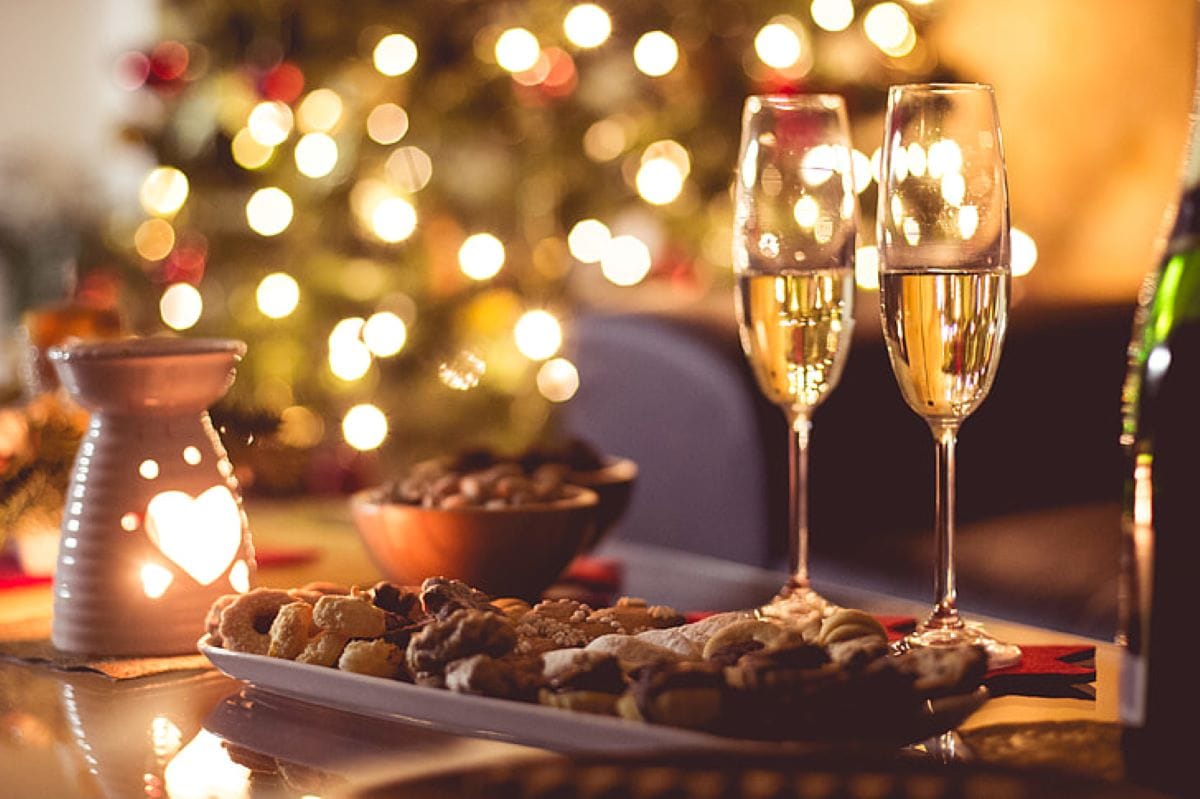The New Year is more than just the beginning of a new calendar cycle; it is a time of reflection, celebration, and hope. Across the globe, people celebrate this significant milestone in diverse ways, blending historical customs with contemporary practices. In this blog, we will explore the origins, religious perspectives, customs, foods, and celebrations of the New Year, while answering some of the most frequently asked questions about this universal event.

Origins and Historical Evolution
The celebration of the New Year has a rich history that dates back approximately 4,000 years. Ancient Babylonians were among the first to celebrate the New Year, tying it to the agricultural cycle. Their New Year began with the first new moon after the spring equinox and was marked by an 11-day festival called Akitu, featuring rituals that renewed their covenant with the gods and crowned a new king.
In ancient Egypt, the New Year coincided with the annual flooding of the Nile, which ensured fertile lands for farming. The event was tied to the rising of the star Sirius and was celebrated with feasts and religious ceremonies.
The Romans initially observed the New Year on March 1. However, in 46 B.C., Julius Caesar introduced the Julian calendar, designating January 1 as the start of the year. This change honored Janus, the Roman god of beginnings and transitions, who symbolically looked forward and backward.
In medieval Europe, the celebration of January 1st as New Year’s Day was replaced by religious festivals, but it was later reinstated with the adoption of the Gregorian calendar in 1582.
Religious Perspectives on the New Year
Hinduism
In Hinduism, the New Year is celebrated at different times of the year based on regional calendars.
- Ugadi in southern India and Gudi Padwa in Maharashtra mark the beginning of spring and a new fiscal year. Homes are decorated with mango leaves, and special dishes like puran poli and mango pachadi are prepared.
- Diwali, celebrated in northern India, is associated with the fiscal year’s start and the victory of good over evil.
- Baisakhi in Punjab aligns with the harvest season and is marked by joyous festivities.
Buddhism
In Buddhism, New Year celebrations vary by tradition:
- Theravada Buddhists in countries like Thailand, Laos, and Myanmar celebrate the New Year in April with Songkran, a water festival symbolizing purification.
- Tibetan Buddhists observe Losar, a multi-day festival involving rituals to drive away negativity and welcome blessings.
Christianity
In Christian traditions, New Year’s Day often aligns with the Feast of the Circumcision of Jesus, observed eight days after Christmas. Many Christian communities also emphasize prayer, reflection, and resolutions as ways to begin the year with renewed faith.
Judaism
In Judaism, the New Year is celebrated during Rosh Hashanah, which occurs in early autumn. The holiday involves introspection, prayer, and the blowing of the shofar to awaken spiritual awareness and repentance.
Islam
The Islamic New Year, or Hijri New Year, marks the migration (Hijra) of the Prophet Muhammad from Mecca to Medina. It is observed on the first day of Muharram, emphasizing prayer and reflection.
Customs and Traditions Around the World
Spain and Latin America
In Spain and many Latin American countries, it is customary to eat 12 grapes at midnight, one for each stroke of the clock. This tradition symbolizes good luck for the twelve months ahead.
Scotland
Scotland’s Hogmanay celebrations include first-footing, where the first person to enter a home after midnight brings gifts, such as coal or whiskey, to ensure good fortune.
Japan
The Japanese New Year, or Shogatsu, involves eating soba noodles for longevity and visiting temples, where bells are rung 108 times to purify sins and cleanse the spirit.
Philippines
In the Philippines, round shapes symbolize prosperity. People wear polka-dotted clothing and serve round fruits, each representing wealth and good fortune.
Greece
In Greece, families bake a Vasilopita (New Year’s cake) with a coin hidden inside. Finding the coin in your slice is believed to bring good luck.
Culinary Traditions Across the Globe
United States
In the Southern United States, eating black-eyed peas and collard greens is a New Year’s tradition believed to bring financial prosperity. The peas symbolize coins, while the greens represent paper money.
Italy
Italians enjoy lentils and cotechino sausages on New Year’s Eve. Lentils, resembling coins, signify wealth, while pork represents abundance.
China
In Chinese culture, dumplings and fish dishes are staples during New Year celebrations, symbolizing wealth and surplus.
Netherlands
The Dutch indulge in oliebollen, deep-fried doughnut-like pastries believed to ward off evil spirits.
Celebrations Across Different Countries
Brazil
Brazilians wear white clothing on New Year’s Eve to symbolize peace and renewal. They also jump over seven waves, making a wish with each jump, to honor Yemanja, the goddess of the sea.
South Africa
In Johannesburg, some neighborhoods celebrate by throwing old furniture out of windows to signify a fresh start.
France
In France, New Year celebrations include feasting on oysters, foie gras, and champagne, symbolizing luxury and happiness.
First and Last to Celebrate New Year
- First: The small Pacific island nations of Kiribati and Samoa.
- Last: The United States Minor Outlying Islands and American Samoa.
Conclusion
The New Year is a time of global unity, celebration, and hope. While customs and traditions vary, the underlying themes of renewal, joy, and aspiration remain universal. Whether you’re eating grapes in Spain, jumping waves in Brazil, or ringing temple bells in Japan, the New Year offers an opportunity to reflect on the past and embrace the future with optimism. Let’s welcome the next chapter with open hearts and shared aspirations for a brighter tomorrow.
For more engaging content, check out this post, The Truth About Christmas
1. Which country celebrates New Year first, and who does it last?
First: Kiribati and Samoa.
Last: American Samoa and Baker Island.
2. Why is January 1st the start of the New Year?
January 1st was established as New Year’s Day by Julius Caesar in 46 B.C. under the Julian calendar, honoring Janus, the Roman god of beginnings.
3. What are New Year’s resolutions?
Resolutions are commitments to self-improvement or achieving specific goals in the coming year.
4. Why do people set off fireworks on New Year’s Eve?
Fireworks are believed to ward off evil spirits and celebrate the arrival of the New Year with joy and spectacle.
5. What foods are considered lucky for the New Year?
Lucky foods include lentils, black-eyed peas, grapes, dumplings, and round fruits, symbolizing wealth and prosperity.
6. What is the significance of “Auld Lang Syne”?
The Scottish poem by Robert Burns is traditionally sung to reflect on old friendships and the passage of time.
7. Why do Brazilians wear white on New Year’s Eve?
White symbolizes peace and renewal, reflecting hopes for a harmonious year ahead.
8. How is the Lunar New Year different from January 1st?
The Lunar New Year, celebrated in countries like China, Vietnam, and Korea, is based on the lunar calendar and typically falls between January 21 and February 20.
9. What is first-footing in Scotland?
First-footing involves the first person to enter a home after midnight, bearing symbolic gifts to bring good fortune.
10. What role does religion play in New Year celebrations?
Religious practices often emphasize themes of reflection, renewal, and blessings, integrating faith with cultural traditions.


Leave a Reply